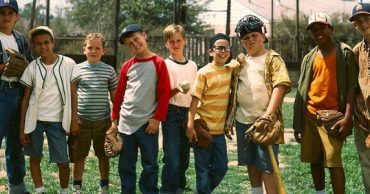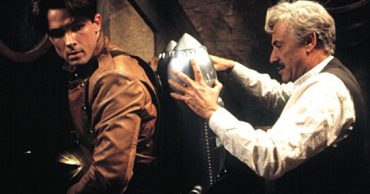
Tinker Tailor Soldier Spy is a movie adaptation of the 1974 book written by John le Carré. The movie, whose release was in 2011, is a complex puzzle of doubt, lies, and espionage. It’s a spy movie written by a real-life spy. The aspect of the film draws inspiration from The Cambridge Five. These were high-ranking British intelligence officials who were leaking information to the KGB.
Audience Reception
The movie has received great critical acclaim from the time of its release. It boasts 35 award wins and 100 nominations for the well-written plot and superb casting. Despite being shot in 2011, the scenes perfectly replicate the setting in London in 1974. This classic is not your typical action movie with fancy cars, expensive suits, and gunfights. Instead, it gives a more relatable and realistic look into the lives of the agents. John le Carrié worked as a British intelligence secret agent between the late 50s and early 60s, thus raising the question among viewers on whether the movie was fictional. It has received mixed reactions within the secret service, however. Some veterans are unsatisfied with the portrayal of characters as constantly plotting against each other. According to them, the movie presented the intelligence service to the public as a brutal organization where trust is non-existent, even among colleagues. Most applaud it for being the most accurate spy movie in the world with realistic depictions of spycraft.
About the Movie
Tinker Tailor Soldier Spy is about hunting for a double agent at the top of British intelligence during the Cold War. The movie starts with the head of the unit, Control, expressing his concerns about a ‘mole’ in the Circus. He sends out agent Jim Prideaux to investigate this in Budapest, but the mission fails once he is abducted and tortured. Control is then forced to retire, along with George Smiley and all his allies. After Control’s demise, Smiley is called back into the service to continue searching for the mole. He secretly analyses records and interviews anyone who might have helpful information. He manages to reach the traitor by an elimination process. A group led by Percy Alleline and Bill Haydon replaces them.
So just how much of the movie is an accurate depiction of what went on during this period?
Real-life Inspired Characters
It was released not long after the presence of KGB moles in Britain’s intelligence was revealed to the public. These infamous agents came to be known as the Cambridge Five; Guy Burgess, George Blake, John Cairncross, Donald McClean, and Kim Philby. Kim Philby was among the top British intelligence agents. He had even held a role as the head of Russian counter-espionage for MI6. Several British agents were compromised following Philby’s defection to Russia. The defection contributed to the ending of John le Carrié’s career in the intelligence service. In the movie, the traitor, Bill Haydon, closely resembles Kim Philby. He is charming and highly sociable. These factors help him steadily rise to the top of the service. His interrogation later reveals that he had been recruited as a Soviet spy by the head of Moscow Centre, Karla. Though unconfirmed, KGB spymaster Rem Krassilnikov is said to have inspired the Karla role. Maurice Oldfield is said to be the inspiration behind George Smiley’s role. Oldfield was the MI6 Chief at the time. John le Carre introduced Alec Guinness, who played Smiley, to Oldfield to copy some of his mannerisms.
It Highlights the Green Ink C
At the beginning of the movie, Control signs a document with just the letter C using green ink. It is a continuing practice among the intelligence service’s directors to date. They are referred to the C to mean ‘Chief’ rather than Control. The name C originated from Mansfield Cumming, the first director of MI6. He would sign documents with just the letter C written in green ink. This scene in the movie is just too accurate. Tinker Tailor Soldier Spy helped to humanize spies and intelligence agents to the public. The movie metaphorically uncovers spy techniques, the world of betrayal, and national decay that we do not get to see in other spy films. It displays the humanity of the agents and how they, too, are prone to weaknesses. The movie provided fictional education about the services of Britain’s intelligence service, especially at a time when little information was available. John le Carrié uses his experience in the field to add some credibility to the film. Though accurate, many intelligence service veterans wish the film showed a more balanced sense of the service’s successes.
 Follow Us
Follow Us





